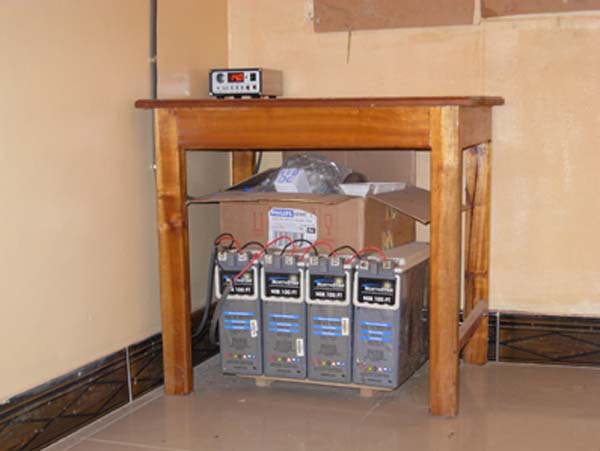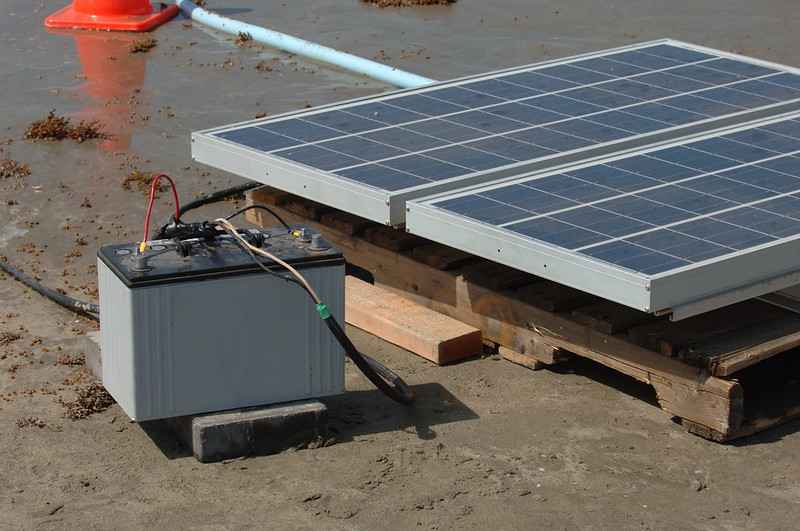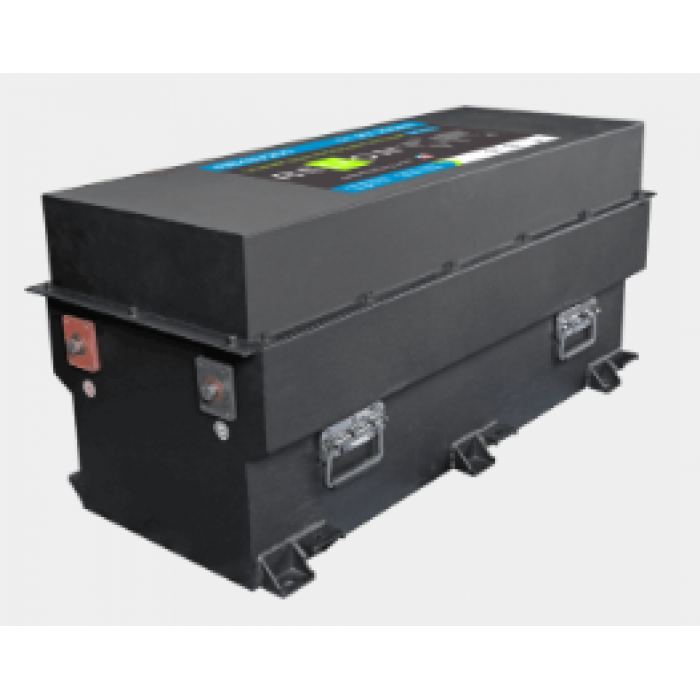When you set up a solar energy system, there are important decisions to be made. For example, do I want a grid-tied solar system, or do I want a standalone solar system? Do I need batteries for my battery bank or just the panels themselves? What is the difference between these two types of systems? This blog post will answer all your questions about setting up a solar power system so that you can make an informed decision on which type you want to get!
If you live in an area with lots of sunshine and little to no blackouts, then you do not need batteries for your solar system. However, if you experience many cloudy days and have frequent power blackouts, you will need a battery bank for your solar system.
Do solar panels need batteries?

Solar panels do not need batteries to produce power, but they do need to be hooked up to a circuit breaker and inverter for the power to flow into your home.
Your solar panels are connected via the inverter directly to the power grid with a grid-tied solar system. There are no batteries with a grid-tied solar system.
During the day, when the solar panels are producing energy, you can use the electricity generated by your solar panels to power you’re home. However, when the sun goes down, or if you use more energy than is being produced from the solar panels, then it will draw on grid power and recharge during daylight hours when possible.
Net metering is possible with a grid-tied solar system. Net metering allows you to export excess energy that your solar panels produce back into the electric utility company’s grid. In the process, your bi-directional meter will measure the amount of power exported, and in the process, lower your utility bill.
Why do solar panels need batteries?
A battery bank is necessary when you live in an area with limited sun exposure or lots of blackouts. Also, if you want to use the power produced by your solar panels at night, you need to have a battery bank.
Without batteries, the excess power produced by your solar panels during daylight won’t be stored and can’t be used at night or when there’s an outage.
Solar battery capacity is measured in amp-hours. To know how long your battery bank will last, you need to calculate the total wattage of all devices that use electricity and divide it by the watts per hour (W/H) capacity of your solar panel.
The number of solar batteries and storage capacity will depend on how long you want your battery bank to last.
When you’re comparing solar batteries, keep in mind that the W/H capacity of a battery is important because it determines how long it will store power for use at night or during outages.
How long does a battery last for a solar panel?

Solar battery life can range from five to fifteen years. Replacing your solar batteries is a hefty investment, but you likely will only need to make this purchase once in the lifetime of your solar system of 20 to 25 years.
There are three different factors that will determine the lifespan of your solar batteries:
The number of charges and discharge cycles
You have probably noticed that battery life will decrease after a certain number of charge and discharge cycles with your laptop, cellphone, and other electronic devices. This is also true for solar batteries.
The lifespan of the battery is determined by the number of charge and discharge cycles it has been through.
This basically means that if you have a completely off-grid solar system and use your battery bank every night for the power, its lifespan will be shorter than n if you only use it for power outages and emergencies.
If the battery is kept fully charged during every cycle, its lifespan will be significantly longer than if used in a way that allows deep discharge cycles to occur.
The more charge and discharge cycles a solar battery go through, the less efficient the battery becomes and eventually loses its capacity to provide power.
Manufacturers recommended depth of discharge
Paying attention to your solar battery manufacturer’s recommended depth of discharge (DoD) will help you get the most life out of your battery.
This is an important number that you will find on a solar batteries label, and it indicates how deeply discharged (or used) the battery can be before it needs to be recharged again.
Typically this DoD is somewhere between 20% – 80%. This means that you shouldn’t discharge your solar battery below 20% or 80% if there is a power outage or during nighttime.
If you stay within this range, you can expect to get up to three times the life from your solar battery.
Most manufacturers recommend that a DoD of 50% – 60% is ideal for most consumers. A depth of discharge at either end will cause fewer cycles and result in a shorter lifespan.
For example, if your battery’s capacity is 10kWh and you use it to 6KWh charge, you would have used 60% capacity.
What are the different types of batteries used for solar power systems?
There are 2 different types of solar batteries namely lead-acid, lithium ion.

Lead Acid Solar Batteries
Lead-acid batteries are the most widely used type of solar battery owing to their low cost and long lifespan. Although lead-acid batteries have a shorter life span than other types, these can be very inexpensive because you can harvest scrap metal for your own use if needed or recycle them when they are no longer producing energy.
Lead-acid batteries normally have a DoD of about 50% which means that you can only use a about half of its storage capacity before it needs to be recharged
You can charge lead-acid batteries with solar panels or a traditional generator. However, you will want to store the energy for later use in a single battery or battery bank if you have more than one battery.
Lead-acid batteries are also known as wet-cell lead-acid cells, which means that they contain a mixture of sulfuric acid and water to produce electricity. This type of battery is hefty, so you need to take this into account when considering where you will best place them in your solar system layout design.

Lithium Iron Solar batteries
Out of the three solar battery options, lithium-iron batteries will last the longest, and they will also give you the biggest bang for your buck with the largest storage capacity.
Lithium-ion batteries have a DoD of 80 % and 2000-3000 cycles which means that you’ll use your solar battery for years without needing a replacement.
In contrast, lead-acid batteries have a DoD of 500-1000 cycles before they need replacing.
All this means that lithium-iron batteries is worth their premium price over lead-acid batteries.
How much do batteries cost, and how often will I have to replace them?
As a general rule, solar batteries cost $1300 to $2000 per kWh, including installation cost. Thus a 5 kWh battery bank will cost between $6500 to $10 000.
The size of the batty bank that you will require will depend on your daily consumption and the number of days storage capacity that you will require.
Your solar batteries will last between 5 to 15 years, depending on the type of battery and your daily consumption.
Is there an off-grid battery system that doesn’t require backup electricity from another source like the grid or generator?
An off-grid solar system is a complete solar system that includes a solar inverter, solar panels, and batteries.
It is completely independent of any power grid to generate electricity for your house. Many people install off-grid solar systems because they live in remote areas or places where it’s not cost-effective to connect them to an existing electric utility company.
In conclusion, the question of whether or not you need solar batteries will depend on your unique needs and how willing you are to pay for a higher upfront cost. If your home is already off-grid with an expensive diesel generator that runs only about 10 hours per week, then yes- it’s worth buying solar panels with battery backup! On the other hand, if you have access to cheap electricity from the utility company at night time, it may be more economical to buy one set of PV panels. The bottom line is this: don’t go into any decision without researching what kind of system would work best for YOUR situation and goals. We hope we’ve been able to answer all your questions about using solar power in general –
